Astronomers provide 'Field Guide' to Exoplanets known as Hot Jupiters
Tuesday, 26 October 2021 08:33 Hot Jupiters - giant gas planets that race around their host stars in extremely tight orbits - have become a little bit less mysterious thanks to a new study combining theoretical modeling with observations by the Hubble Space Telescope.
While previous studies mostly focused on individual worlds classified as "hot Jupiters" due to their superficial similarity to the gas giant in our own so
Hot Jupiters - giant gas planets that race around their host stars in extremely tight orbits - have become a little bit less mysterious thanks to a new study combining theoretical modeling with observations by the Hubble Space Telescope.
While previous studies mostly focused on individual worlds classified as "hot Jupiters" due to their superficial similarity to the gas giant in our own so New far-out NASA 'travel' video: kayaking on Titan, skydiving on exoplanet
Tuesday, 26 October 2021 02:15 NASA knows people can't travel to exoplanets light-years away, but the space agency hopes a new, highly fictionalized video will inspire dreams of such far-off travel.
The video depicts wild, even wacky, scenes of people kayaking in deadly methane lakes on Saturn's moon Titan, skydiving on exoplanet HD 40307-g, which is 42 light-years away, and watching twin suns on Kepler-16b - 200 li
NASA knows people can't travel to exoplanets light-years away, but the space agency hopes a new, highly fictionalized video will inspire dreams of such far-off travel.
The video depicts wild, even wacky, scenes of people kayaking in deadly methane lakes on Saturn's moon Titan, skydiving on exoplanet HD 40307-g, which is 42 light-years away, and watching twin suns on Kepler-16b - 200 li Blue Origin, partners announce plans for private space station
Tuesday, 26 October 2021 02:15 Jeff Bezos announced plans on Monday for Blue Origin to run the world's first private space station called the Orbital Reef, which would serve as a space business park and a regular destination for space tourists.
Blue Origin will partner with a Sierra Nevada Corp. subsidiary called Sierra Space, along with Boeing, Redwire Space and Genesis Engineer to make the space station happen.
Jeff Bezos announced plans on Monday for Blue Origin to run the world's first private space station called the Orbital Reef, which would serve as a space business park and a regular destination for space tourists.
Blue Origin will partner with a Sierra Nevada Corp. subsidiary called Sierra Space, along with Boeing, Redwire Space and Genesis Engineer to make the space station happen. SES-17 takes flight with eyes on soaring commercial aviation market
Monday, 25 October 2021 19:34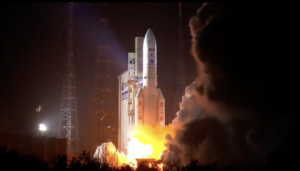
Arianespace has successfully launched the heaviest satellite SES has ever ordered, marking a cornerstone for a multi-orbit network that is seeing surging demand from commercial aviation customers.
Blue Origin and Sierra Space announce plans for commercial space station
Monday, 25 October 2021 19:29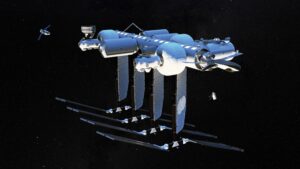
An industry group led by Blue Origin and Sierra Space, and including several other companies and organizations, announced plans Oct. 25 to cooperate on the development of a commercial space station.
Bezos' Blue Origin announces plans for private space station
Monday, 25 October 2021 18:37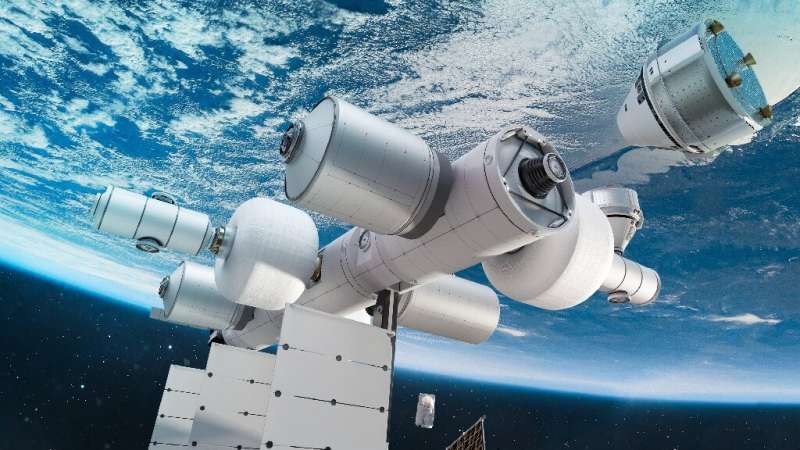
Jeff Bezos' Blue Origin on Monday announced it wants to launch a space station that will house up to 10 people in the second half of the decade, as the race to commercialize the cosmos heats up.
"Orbital Reef," described in a press statement as a mixed-use business park in space that will support microgravity research and manufacturing, is a joint venture with commercial space company Sierra Space and has the support of Boeing and Arizona State University.
"For over sixty years, NASA and other space agencies have developed orbital space flight and space habitation, setting us up for commercial business to take off in this decade," said Blue Origin executive Brent Sherwood.
"We will expand access, lower the cost, and provide all the services and amenities needed to normalize space flight.
NASA's uncrewed Artemis moon mission set to launch in February
Monday, 25 October 2021 14:57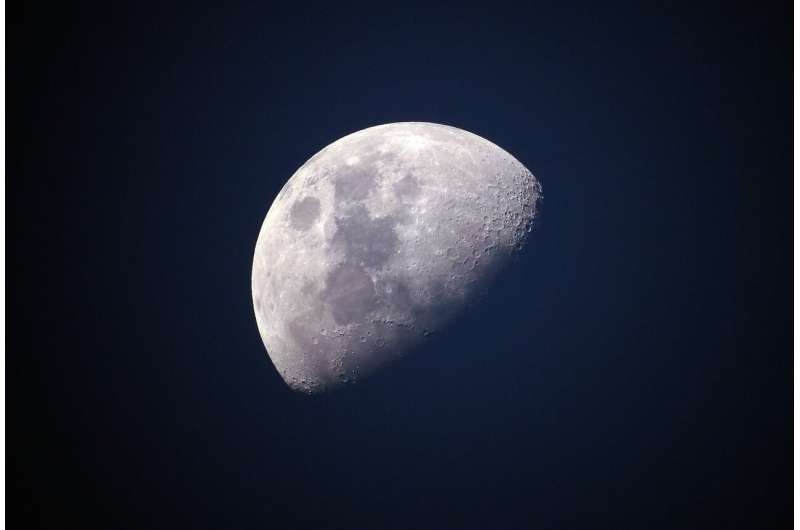
NASA's uncrewed Artemis 1 mission to the moon is on track to launch in February, the U.S. space agency said.
The Orion spacecraft was secured this week atop the powerful Space Launch System rocket at NASA's Kennedy Space Center in Florida, meaning the mission was entering its final phase of preparations.
For its flight next year, Orion will swing around the moon without astronauts on board.
It will be a critical test of the Artemis program, which aims to land astronauts on the moon by 2024 and establish a sustained human presence there by 2028, part of the U.S. government's ambitious efforts to get people to Mars in the 2030s.
Artemis has been hit by delays, and even top NASA officials have conceded that the targets will be difficult to meet.
A specific launch date for Artemis 1 will be set after "wet dress rehearsal," a test set for early next year in which the liquid propellants are filled into the massive next-generation rocket, which at 98 meters stands taller than the Statue of Liberty.
The United States remains the only country to have put humans on Earth's nearest neighbor.
ABL Space Systems raises $200 million
Monday, 25 October 2021 14:38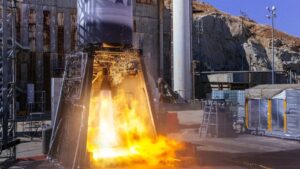
Small launch vehicle developer ABL Space Systems has raised an additional $200 million, just seven months after a $170 million round.
Could this be a planet in another galaxy?
Monday, 25 October 2021 14:00
Using ESA’s XMM-Newton and NASA’s Chandra X-ray space telescopes, astronomers have made an important step in the quest to find a planet outside of the Milky Way.
ESA at IAC 2021
Monday, 25 October 2021 11:42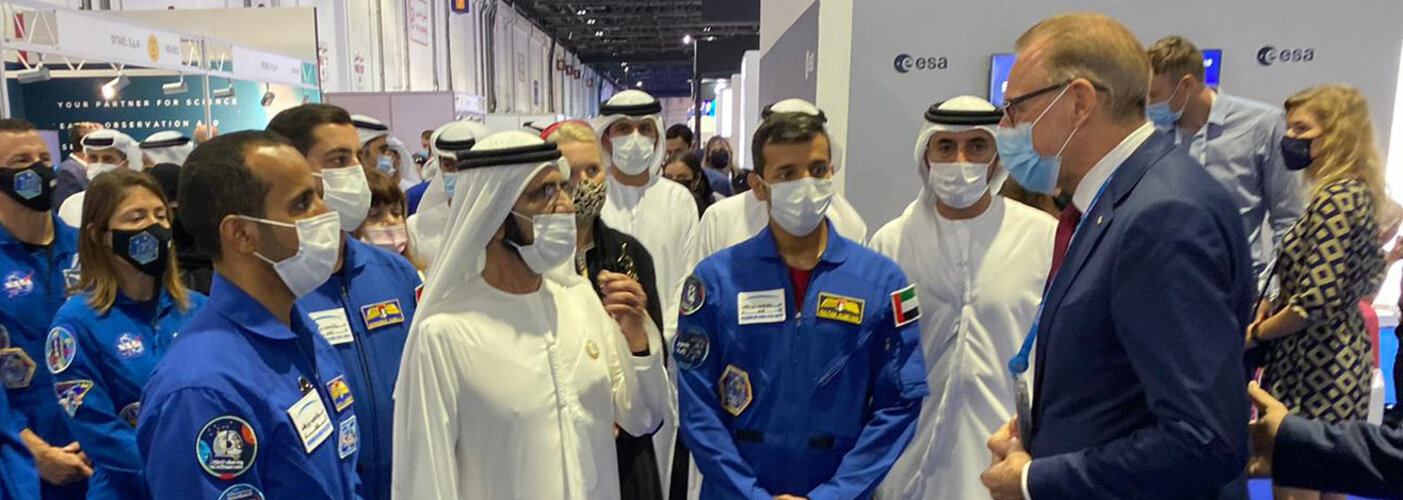
The 72nd International Astronautical Congress opens its doors on Monday 25 October at the Dubai World Trade Centre in the United Arab Emirates, for a week of intense interactions for the world space community. After one year online due to COVID-19 restrictions, the congress returns to an in-person event with the theme 'Inspire, innovate and discover for the benefit of humankind'.
Launching soon: Cosmic Kiss
Monday, 25 October 2021 11:00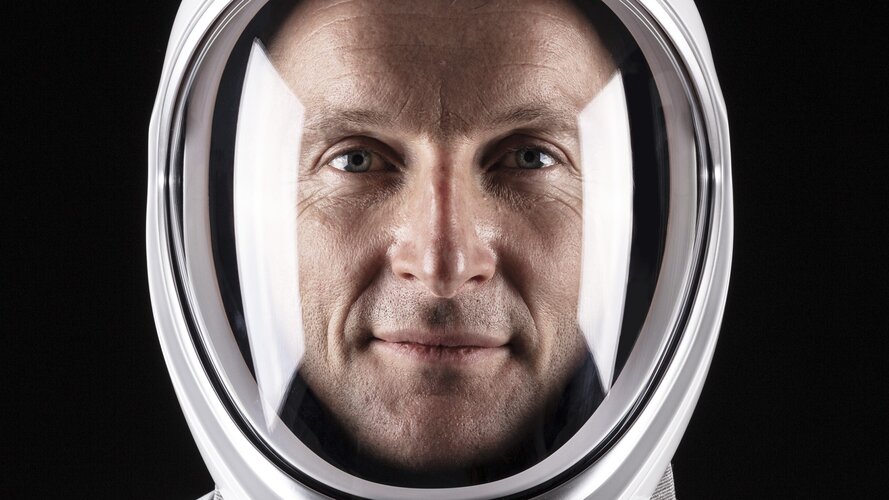 Video:
00:04:00
Video:
00:04:00
German ESA astronaut Matthias Maurer will soon begin his first mission to the International Space Station. As a member of Crew-3, he will be launched from NASA’s Kennedy Space Center in a SpaceX Crew Dragon spacecraft alongside NASA astronauts Raja Chari, Tom Marshburn and Kayla Barron.
Matthias selected the mission name “Cosmic Kiss” for his time in orbit as a declaration of love for space. He will spend around six months living and working in microgravity, where he will carry out many European and international experiments to advance space exploration and benefit lives on Earth.
Galileo Control Segment upgrade ready for next launch
Monday, 25 October 2021 10:58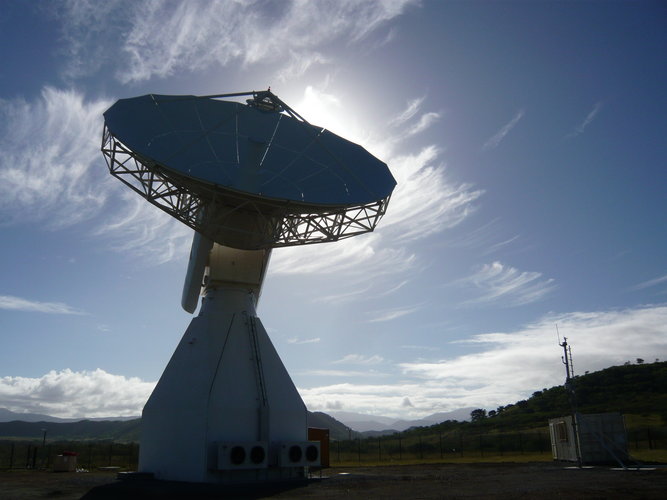
A significant first for next month’s 11th Galileo launch: thanks to an upgrade of the world-spanning Galileo Control Segment, this will be the first launch where the satellites ‘ first steps into space will be overseen from an existing Galileo Control Centre, rather than requiring an external mission control site.
Airbus Ventures invests in Tokyo-based ispace
Monday, 25 October 2021 10:20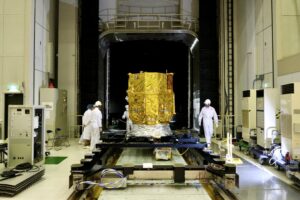
Airbus Ventures announced an investment Oct. 25 in ispace, the Toyko-based company preparing to send its first lander to the moon next year.
Mars helicopter Ingenuity approaches 14th flight
Monday, 25 October 2021 07:47 The Mars helicopter Ingenuity is ready for a short Martian flight as early as Saturday to test summer weather conditions that have arrived at its location on the Red Planet after two weeks of no communication because of blockage by the sun.
The flight, Ingenuity's 14th, is brief and simple by design. As weather at Jezero Crater gets warmer, the aircraft's rotors must turn faster to achi
The Mars helicopter Ingenuity is ready for a short Martian flight as early as Saturday to test summer weather conditions that have arrived at its location on the Red Planet after two weeks of no communication because of blockage by the sun.
The flight, Ingenuity's 14th, is brief and simple by design. As weather at Jezero Crater gets warmer, the aircraft's rotors must turn faster to achi Keeping our eyes on New Horizons
Monday, 25 October 2021 07:47 New Horizons remains healthy and continues to send valuable data from the Kuiper Belt, even as it speeds farther and farther from Earth and the Sun. Our team has been extremely busy since I last wrote in the spring. One of the most important activities since then has been ground testing, uploading and flight-testing new software for our Alice ultraviolet spectrometer and our main (Command and Da
New Horizons remains healthy and continues to send valuable data from the Kuiper Belt, even as it speeds farther and farther from Earth and the Sun. Our team has been extremely busy since I last wrote in the spring. One of the most important activities since then has been ground testing, uploading and flight-testing new software for our Alice ultraviolet spectrometer and our main (Command and Da 
